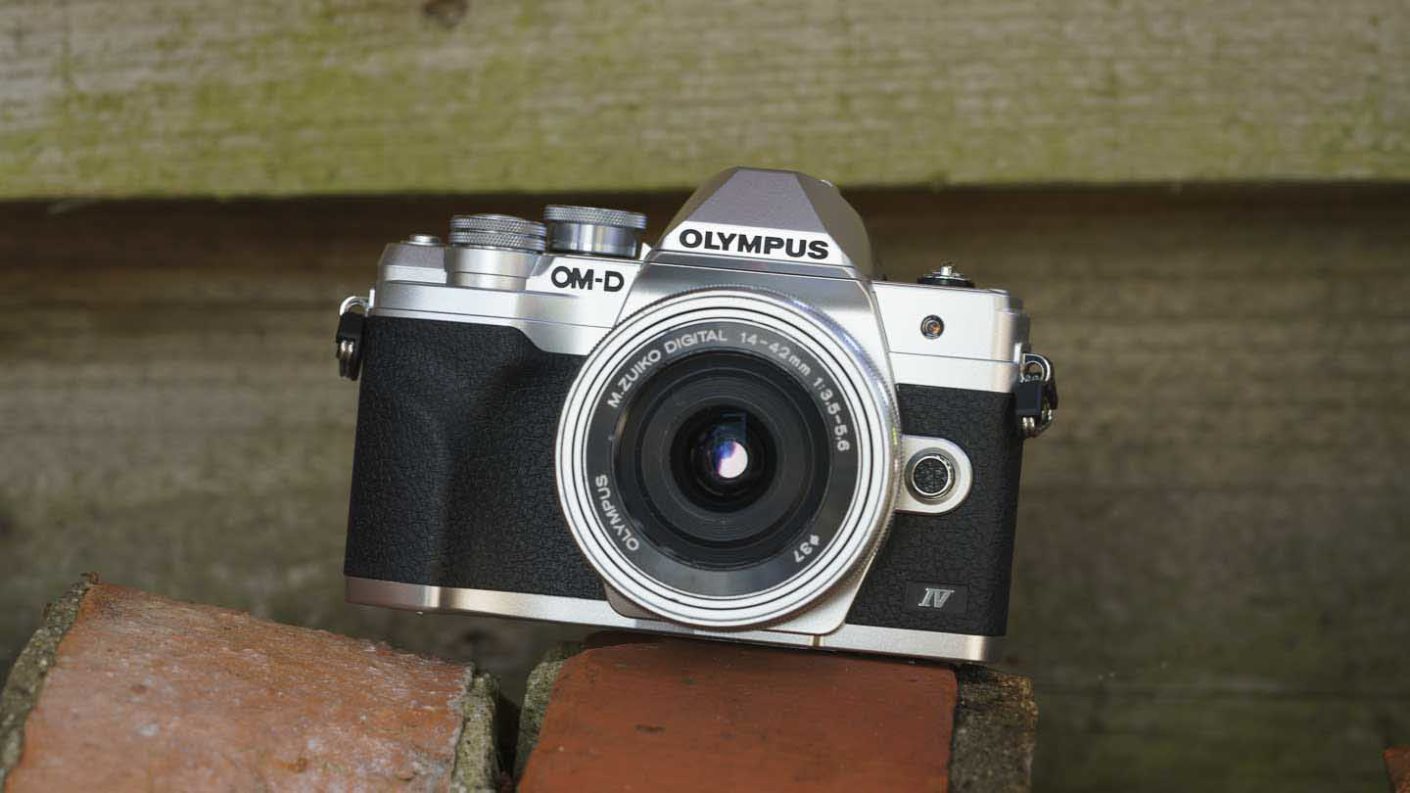Mounted on the OM-D E-M1 Mark II, the M. Zuiko Digital ED 8-25mm f/4 Pro focuses quickly and silently. Even in low light, I didn’t need to switch to manual focusing as the camera and lens did their job well.
It’s also good to see that focus breathing is controlled very well so that the framing doesn’t change noticeably as the focus distance is adjusted.
Impressively, the M. Zuiko Digital ED 8-25mm f/4 Pro keeps curvilinear distortion under control very well. I was expecting to see significant bowing of straight lines at the 8mm end, but it’s actually very subtle. It gets a bit more noticeable with very close subjects, but it’s not a major concern by any means.
I’m also very happy with the level of sharpness throughout the focal length range, across the frame and through most of the aperture range. If you’re shooting at the 8mm point, it’s worth closing down to f/5.6, but the results are still very good at f/4.
At the 10mm point, the difference in sharpness between f/4 and f/5.6 is less pronounced, and at 14mm, 18mm and 25mm, the sharpness is excellent from f4 to f/11. There’s a slight softening of details at f/16 through the whole focal length range, and f/22 is probably best avoided. However, given the depth of field that is captured with such a wide lens on a Micro Four Thirds camera, it’s unlikely that the smallest aperture will be required frequently.
Even when the aperture is at its widest, vignetting is controlled very well. If you swap quickly between images of the same scene shot at different apertures, you may see the corners brighten very slightly as the aperture closes to f/5.6 and f/8, but it’s so mild it’s not worth worrying about.
As you’d expect, if you include the sun in the frame, you’re likely to get some flare, but it’s not bad and the M. Zuiko Digital ED 8-25mm f/4 Pro doesn’t seem especially prone to it.
Further good news is that chromatic aberration is get in check extremely well so that coloured fringing is very unlikely to be problematic in your images.
If you shoot a close subject with the aperture fully open, it’s possible to blur the background nicely with the 8-25mm f/4 Pro and small highlights are attractively rendered.



